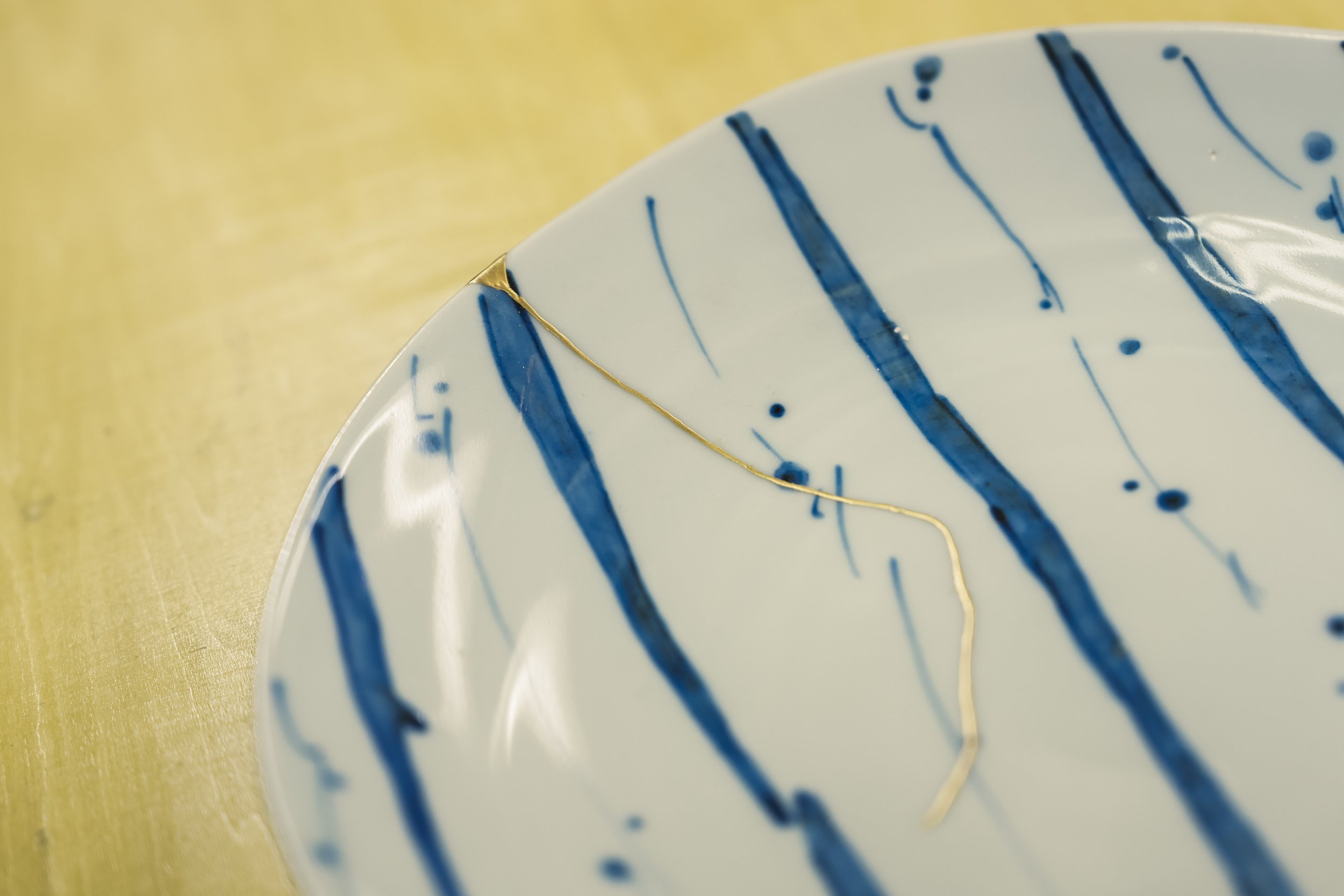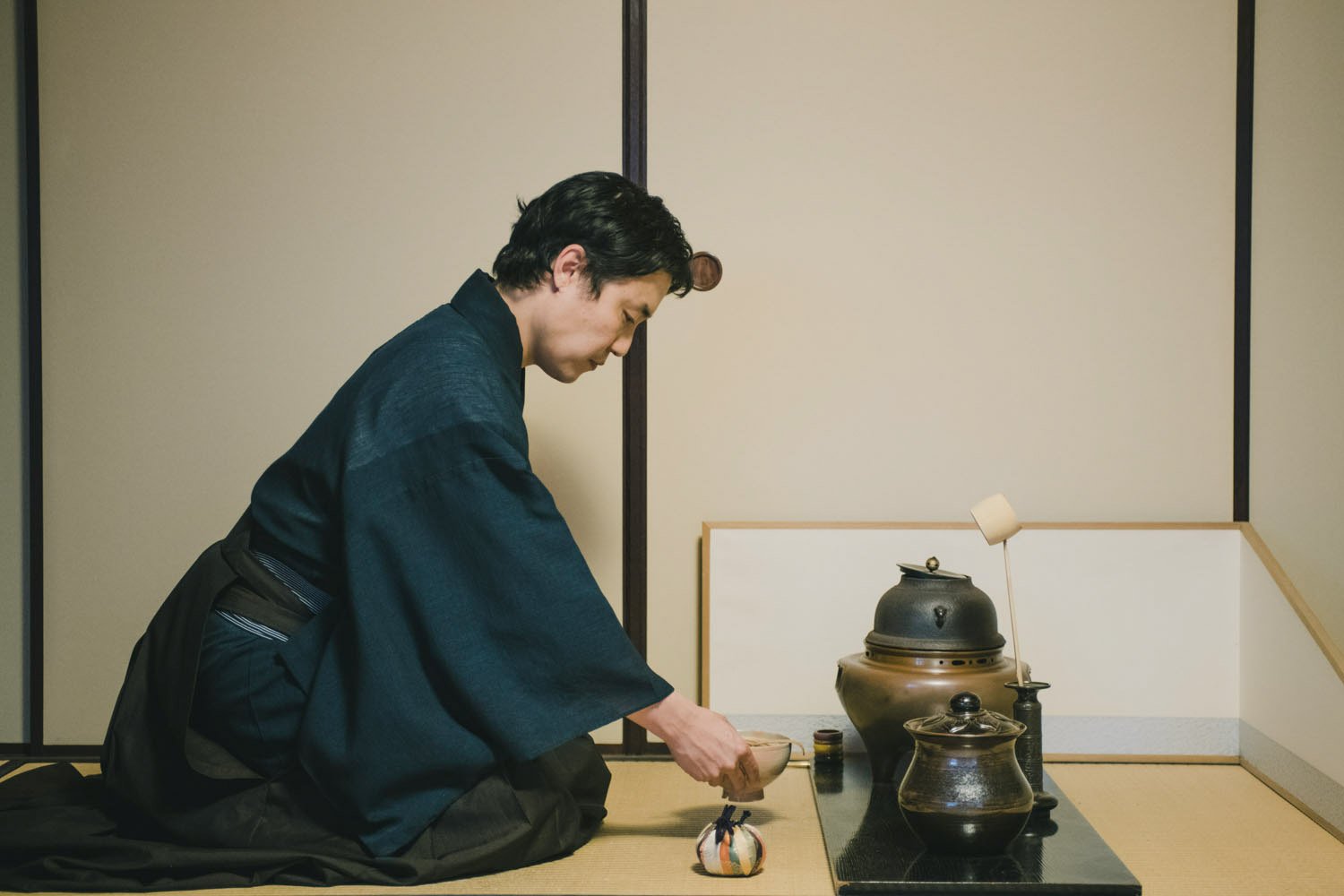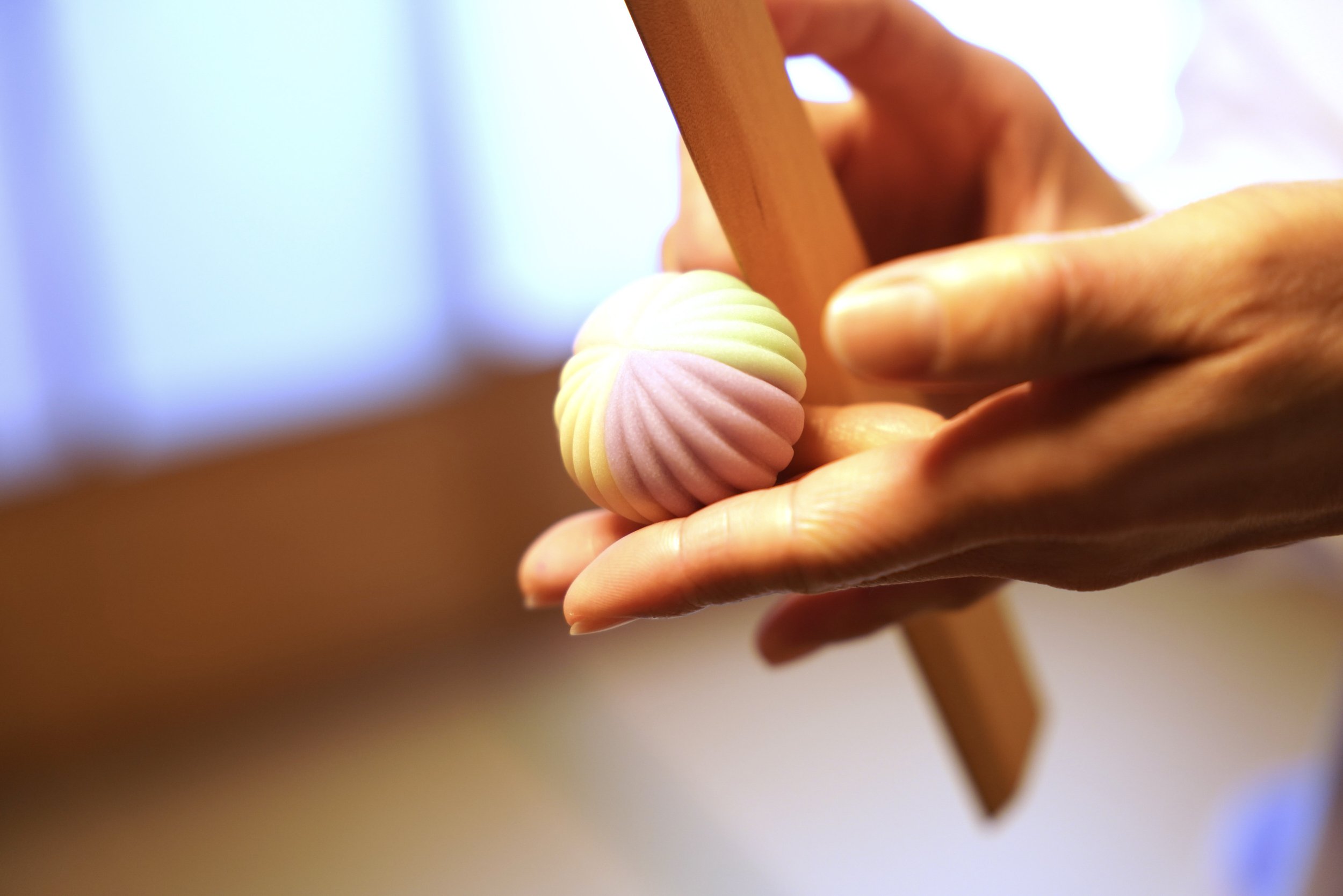Traces of the Seasons: Nagori and Appreciating the Passage of Time
By Genie Harrison
If you have ever spent a prolonged time in Japan, you will have noticed a certain cultural fixation on the changing of the seasons. From afternoon teas to kaiseki cuisine, even the ice creams that populate the konbini frozen aisles are in keeping with the movement of the sun. But this national preoccupation extends beyond seasonal eating and events. According to Japanese art scholar Dr. Sonia Coman, “[i]nterest in the rhythm of the four seasons specifically is one of the oldest and most enduring topics in Japanese poetry, painting and calligraphy, ceramics and artistic expression.” Nature and the seasons have played a vital role in inspiring Japanese artists for centuries.
Looking specifically at the role played by the seasons in ancient Japanese poetry, Haruo Shirane writes: “[b]y the thirteenth century, these seasonal associations had become so codified that Fujiwara Teika, the most influential waka poet of his time, wrote a series of poems in which he matched specific flowers with specific birds for each phase of the season.” What Shirane’s observation illuminates is not only the specificity to which the seasons were adhered, but moreover, the sensitivity to seasonal change. And this extended beyond poetry. In the Heian period, paintings known as shiki-e, literally meaning “seasonal paintings,” became particularly popular, with folding screens used to depict the delicate spring blooming of sakura, or the autumn leaves turning the distinctive Japanese red. Tea ceremony, still practiced today and known alternatingly in Japanese as chanoyu or sado, is also firmly grounded within the calendar, with the yearly cycle beginning in November, when the tea leaves that had been collected during spring and stored during summer, are finally considered ready for grinding and consumption.
The question as to why Japan has developed such a strong inclination, and even pride, towards its four-seasoned calendar year has been answered variously over time. Dismissing claims towards the country’s “mild climate” and “gentle topography,” Haruo Shirane looks to the Konkinshu, an early anthology of Japanese poetry dating from the Heian period as evidence for how and why seasonality became such an important feature of Japanese culture, especially during the pre-modern period. As Shirane explains, according to the Konkinshu, “[t]he seasons […] are understood as having three specific phrases, with a strict progression within each season.” He argues that this seminal work provided a framework for poets and artists alike to operate within, thus enshrining seasonal attentivity and sensitivity within the national psyche.
Looking beyond artistic practice, Dr. Sonia Coman understands this seasonal fixation to be rooted within Japan’s different religious belief systems: in Japan’s native Shintoism, the “coexistence of permanence and impermanence” – as illustrated by the cyclical nature of the seasons – solidified the importance of nature. This was then further reinforced by Buddhism, introduced to Japan via China in the 6th Century, in which the “fleeting nature of the seasons,” served as an important reminder of both change and transience.
But the sense of ephemerality upon which both Shirane and Codam muse finds its place within Japanese culture beyond merely religious anchoring. More recently, Japanese poet and translator Ryoko Sekiguchi has written about a concept called nagori, literally meaning “remains,” or “traces,” but also understood metaphorically as “the sorrow of parting.” To Sekiguchi, the flavor of nagori is: “that of a seasonal fruit or vegetable that is being eaten for the last time, before the taste buds forget its flavor – until it is rediscovered when that season comes around again.” While the object of nagori can be as various as “a place, a person, or a season, or again objects or acts evocative of these things,” the feeling that it provokes remains constant:
Nagori is therefore a matter of sensation: the nostalgia for something that we reluctantly let go, an ambivalent sensation that encompasses the joy of experiencing a given moment, while being fully aware that it marks the end of something, either for good or until the next time.
British conceptual artist and writer Victor Burgin also explores this concept in his essay Nagori: Writing with Barthes. While Burgin deploys nagori as a means to express the proliferation of photographic techniques, his outlining of the concept’s etymological roots exemplifies the close relationship between nagori and nature. According to Burgin: “the etymology of the Japanese word nagori is in nami-nokori, ‘remains of the waves,’ to refer to the ephemeral imprints – rivulets in the sand, shell fragments, and other detritus – left by the waves as they withdraw from the beach.’ Indeed, especially considering the inextricability of the sea’s movement with that of the moon, the word’s etymology illuminates its relationship with seasonal change. Nagori is the act of lingering on a moment before it passes – such as that felt as one season fades into the next – and the nostalgic sense of bereavement experienced as ephemerality is realized.
But the idea of nagori has extended beyond its roots in natural phenomena, present in physical acts, and even the diet. In her essay, A Tearoom View of Mended Ceramics, chanoyu tea ceremony expert Christy Bartlett identifies an important overlap between nagori, and one of Japan’s ancient crafts: kintsugi. Dating back to approximately the late 15th century, kintsugi, literally meaning “golden joinery,” is defined as “the Japanese art of repairing broken pottery with lacquer dusted, or mixed with powdered gold, silver, or platinum.” The artform became closely associated with tea ceremony, as the technique was often used to repair the ceramic vessels of the tearoom that had been damaged in any way. In fact, the very origins of kintsugi are thought to have been in the tearoom, after the favorite Chinese tea bowl of shogun Ashikaga Yoshima was broken and needed to be repaired.
Bartlett turns our attention to the ways in which kintsugi is an expression of a moment, and how “mended ceramics foremost convey a sense of the passage of time.” She argues that by highlighting imperfection, kintsugi allows the moment in which the incident occurred to be “forever captured in the lines and fields of lacquer meaning.” While the object has assumed a new identity and taken on a new life, the instance of rupture is enshrined within this new mode of existence. This, she argues, is “the strongest expression of nagori – the intense beauty of a communal impulse to cherish and to share that which remains.” To borrow the metaphors interpolated by Burgin once more, the gold lacquer that traces the ruptured cracks of a vase or a piece of pottery can be likened to the remains of the waves on the shore, or the moon at dawn.
While Burgin gestures towards the “flavor” of nagori as a paradigm within which his readers might grapple with this sensation, nagori is formally enshrined, and considered practically within Japanese gastronomy. In addition to nagori, food writer Scott Haas outlines the two stages of the Japanese gastronomic calendar that precede this seasonal longing: hashiri, “the ‘first of the season,’ that product which is a harbinger of much more abundance to follow,” as well as ‘sakari or shun’: the ripest or best. In this context, nagori refers to food which is the last of the harvest: signaling, as does the kintsugi-repaired teacup, not only the end of the present season, but the arrival of change. Within each season, these three distinct phases come in rapid succession, and last for extremely short periods, thus requiring – as demonstrated by the poets and painters of ancient Japan – a careful attentivity to seasonal movement. Despite their philosophical grounding, Haas emphasizes that these terms are far from ‘mythic’ to Japanese chefs, but instead require “recogni[tion of] the quality of ingredients,” and moreover, the appreciation of diners to savor the for the final time within a calendar year.
Nagori, then, plays much more than an abstracted, philosophical role within Japanese culture. It is experienced somatically: through weather and humidity, as well as visually: through leaves turning to red and sakura petals falling as the trees bloom to green. It is enshrined within gastronomic habits: from high-end kaiseki meals to seasonal sweets and treats eaten by children. And while the connection might at first feel more obscured, crafts such as painting and kintsugi are similarly their own embodiments of the feeling, with kintsugi especially quite literally concretizing and embodying this experience of loss, and the necessary acceptance of change. An awareness of this concept, and the role it plays within the national psyche, thus plays an illuminative role when considering the Japanese attentiveness to seasonal change. A relic of ancient philosophy, nagori quietly underpins several distinct aspects of Japanese culture and everyday life; it calls upon the everyday person to appreciate the beauty of impermanence, and a sensitivity to the natural world as it ebbs and flows with the tides of change.
About the Author: A recipient of the Daiwa Anglo-Japanese Scholarship, Genie Harrison is a writer currently based in Tokyo, where she works for popular lifestyle magazine, Tokyo Weekender. Educated at the University of Cambridge, she specializes in literature, with a particular focus on contemporary fiction written by Japanese female authors.







